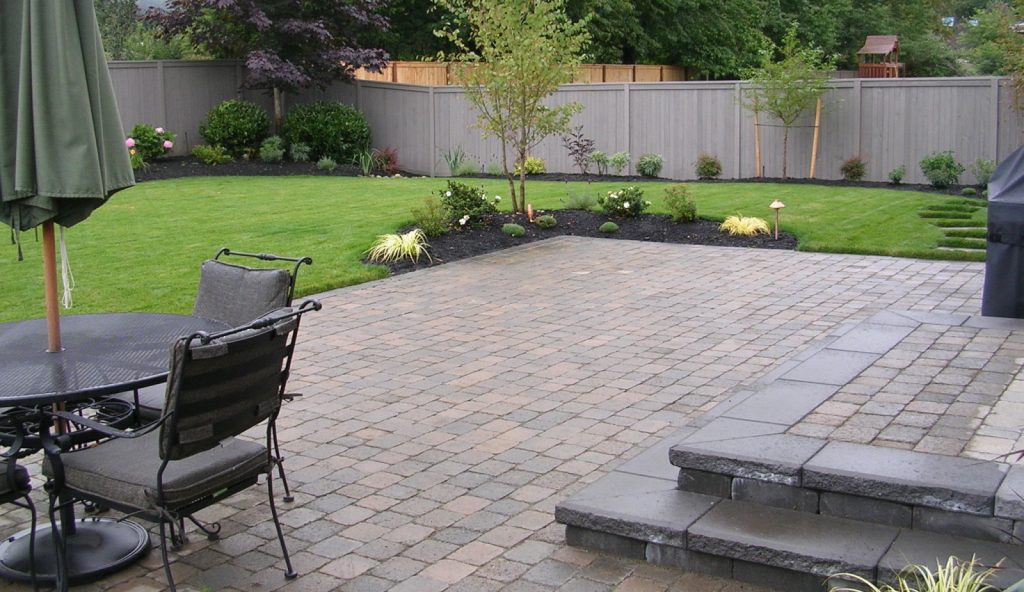Pavement is subject to all kinds of abuse from nature and humans. But preventing asphalt cracks and potholes has a favorable, money-saving effect.
People from Minneapolis are surprised to learn there are potholes in Los Angeles. Not surprisingly, people from both Los Angeles and Minneapolis are none too pleased about rough roads.
This is because – despite common misperceptions about the causes of asphalt deterioration in parts of the country that experience frigid winters – asphalt pavement has many foes of different types. Freeze-thaw cycles in places where temperatures oscillate above and below the 32-degree Fahrenheit mark, sometimes several times in a 24-hour period, are certainly at fault for much of America’s potholes. This is a frustrating fact for commuters, a welcome fact for the commercial asphalt contractor. That is not the end of the story, however.
Other factors besides cold weather break down the smooth surface of roads and highways, pathways and parking lots. This happens at all latitudes and climatic conditions. The following rouges gallery of pavement busters is what streets and highway maintenance supervisors know all too well:
Heavy traffic: The effects of heavy vehicles on asphalt roadways is best seen in how the US Congress limits the size of trucks using the Interstate Highway System to 80,000 pounds (20,000 pounds per axel), although that number is higher for several state highways. The reason is damage to asphalt – cracks caused by heavy vehicles permit moisture to enter, which undermines the subsurface.
Moisture: Moisture ruins much of the built environment. In cold weather, water that gets under the surface layer of pavement expands when frozen, pushing aside the gravel base and upward on the asphalt layer. The cavities created by this eventually collapse from even lighter weight small cars, which is the most common version of a pothole.
Heat: Moisture under pavement can also cook, leading to steam that literally explodes. During a major heat wave in 2011, portions of roads in Arizona and Texas buckled and blew up due to thermal expansion that came from a month-long string of days where temperatures were above 90 degrees and into triple digits. The fact that black asphalt also holds heat to a much greater degree than light colored surfaces increases this effect. Even without explosions, heat deteriorates the bonds of bitumen holding together the aggregate that makes up the bulk of asphalt.
Sunlight: In regions blessed with abundant sunshine, UV rays can deteriorate the asphalt surface, permitting more moisture to enter it.
Chemicals, including petroleum: Aesthetically, such things as motor oil, gasoline and antifreeze leaks from a parked vehicle ruins the appearance of a driveway or parking lot. But such spills also cause the asphalt to break down. Also, sealcoating will not adhere to those spots unless cleaned off before application of the sealcoating.
Utility work and tree roots: Anything that cuts into or forces the asphalt layer to rise up introduces points of entry for moisture.
Another reason for asphalt deterioration is shoddy workmanship in installation. This is why your local asphalt contractors’ reputations are very important.
With asphalt’s many points of vulnerability, why isn’t there a better method? Quite simply, there’s nothing else that truly provides ribbons of smooth (mostly) pavement as well for the price.

